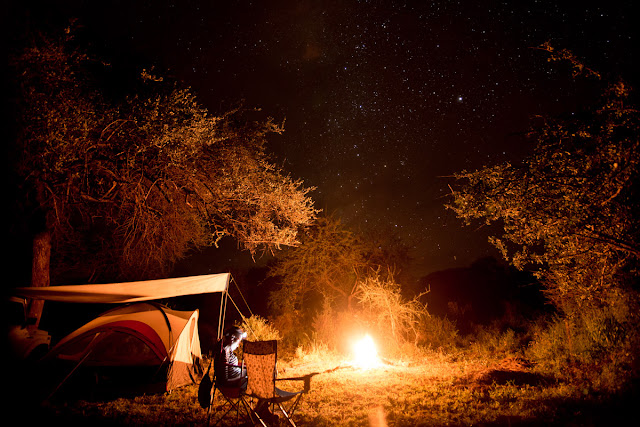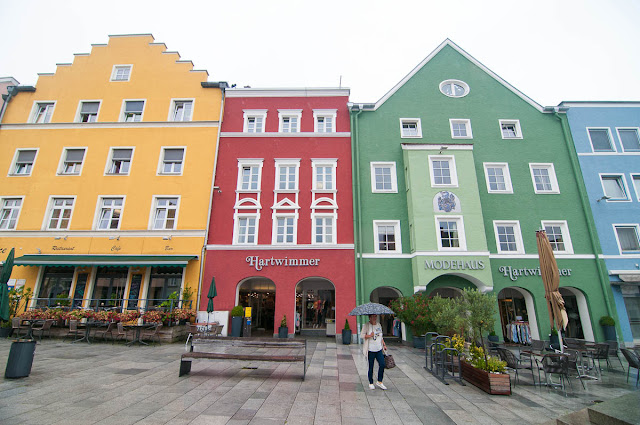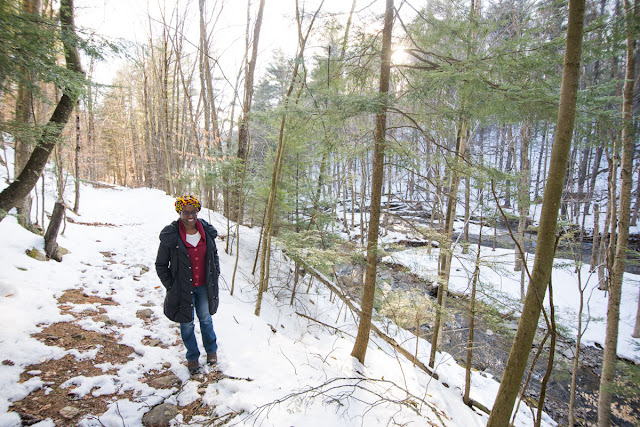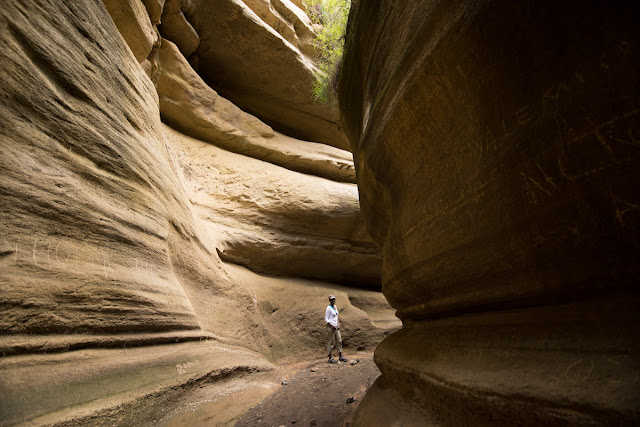Austria: Salzburg - the 'Salt Fortress'
We jumped onto the super efficient, super pleasant German railway system to get us to our next stop. Your European experience is not complete unless you have tried their railway system. It is really the best way to travel around Europe. They go everywhere, on time, with a fabulous view and you can carry along a bottle of wine or a beer and have a picnic. What is not to like?
And thus we gratifyingly made our way to our next European country: Austria. More anon on the history of Austria as a whole, but our first experience was Salzburg. The name sounds like 'salt' (it means 'Salt Fortress') because around the 8th century, Salzburg charged a toll on ships floating down the Salzach river carrying salt.
We had a nice opportunity to get to know our hosts, John, Nora and Henri better. We discovered Nora's superb tour guide skills (and Henri's spiderman-like climbing skills!) Nora really has a impressive knowlege of the history and highlights of her city. For some reason, I don't have a picture of the whole family. And it was lovely to meet her parents and enjoy an authentic Austrian meal.
One of the highlights that Nora pointed out are these tiny plaques spread throughout the walking district of the city. They commemorate Austrians who were killed in various concentration camps, and several of them are Witnesses of Jehovah: the 2 on the right hand side. The plaque shows the reason that they were imprisoned - 'Zeuge Jehovas'.
Salzburg is a city full of churches. In fact there are 27(!) different churches in Salzburg. One highlight was seeing the Tetragrammaton in this one. See if you can spot it:
Many of the churches are pretty spectacular on the inside. This one is named the Salzburg Cathedral and was completed in 1528.
During World War II a bomb crashed through this dome. The building was later restored, though.
Another highlight of Salzburg is the lovely Mirabelle Palace and its gardens. if any of you are old enough to remember the movie 'The Sound of Music', the song 'Do-Re-Mi' was shot in these gardens.
Apparently, the movie was popular all over the world, except in Austria. This is probably understandable since the movie took lots of liberties with the facts, though it is indeed based on a true story.
Either way, the garden is spectacular. Apparently it was designed (along with the palace) originally in 1606 for a man named Wolf Dietrich Raitenau who was not only a prince, but also the Archbishop. Because he had gout and wanted to avoid the narrow streets of the city, he built the lovely spread out garden.
No visit to Salzburg would be complete without mentioning Mozart. The musical genius was born in the city in 1756. By 5 years of age, he was able to play keyboard and violin and was already composing.
Just one example of his musical ability: when he was fourteen, he listened to a performance of Miserere by Allegri in the Sistine Chapel. This work was a closely guarded secret by the Vatican. The same afternoon, Mozart wrote it out from memory.
Intrepid explorers Anto and Rita dressed for winter as we explore Salzburg on a wet and chilly day.
From hundreds of years in the past, we take a lightning trip into the present - Hangar 7. This is a hangar that was built by the (very wealthy) owner of Red Bull energy drinks to house his private collection of vehicles - both cars and planes. It is open to the public and well worth a visit.
It has an eclectic collection from vintage 4x4s, F1 cars, stock cars and various different aircraft.
All in all, Salzburg is an almost perfect destination. Lots of interesting little streets to explore, lots of history, good food, excellent beer, good friends. In one tiny street, we met a stream of well dressed people coming out of the doorway below. From the outside, it looked like a library, but on closer inspection it turned out to by a tiny movie theater.
We ended our day with a walk through the Alstadt, the old part of the city. Then up a picturesque footpath that lead through lots of residential homes (They park below and walk up the path).
At the very top of the path was an exquisite view of the city as the sun set on the horizon. The typical copper roofs had turned dark green over time, and a few of the more enterprising home owners had designed a little garden up on the roofs. it was a fitting end to our short but lovely visit to Salzburg.
And thus we gratifyingly made our way to our next European country: Austria. More anon on the history of Austria as a whole, but our first experience was Salzburg. The name sounds like 'salt' (it means 'Salt Fortress') because around the 8th century, Salzburg charged a toll on ships floating down the Salzach river carrying salt.
We had a nice opportunity to get to know our hosts, John, Nora and Henri better. We discovered Nora's superb tour guide skills (and Henri's spiderman-like climbing skills!) Nora really has a impressive knowlege of the history and highlights of her city. For some reason, I don't have a picture of the whole family. And it was lovely to meet her parents and enjoy an authentic Austrian meal.
One of the highlights that Nora pointed out are these tiny plaques spread throughout the walking district of the city. They commemorate Austrians who were killed in various concentration camps, and several of them are Witnesses of Jehovah: the 2 on the right hand side. The plaque shows the reason that they were imprisoned - 'Zeuge Jehovas'.
Salzburg is a city full of churches. In fact there are 27(!) different churches in Salzburg. One highlight was seeing the Tetragrammaton in this one. See if you can spot it:
Many of the churches are pretty spectacular on the inside. This one is named the Salzburg Cathedral and was completed in 1528.
During World War II a bomb crashed through this dome. The building was later restored, though.
Apparently, the movie was popular all over the world, except in Austria. This is probably understandable since the movie took lots of liberties with the facts, though it is indeed based on a true story.
Either way, the garden is spectacular. Apparently it was designed (along with the palace) originally in 1606 for a man named Wolf Dietrich Raitenau who was not only a prince, but also the Archbishop. Because he had gout and wanted to avoid the narrow streets of the city, he built the lovely spread out garden.
No visit to Salzburg would be complete without mentioning Mozart. The musical genius was born in the city in 1756. By 5 years of age, he was able to play keyboard and violin and was already composing.
From hundreds of years in the past, we take a lightning trip into the present - Hangar 7. This is a hangar that was built by the (very wealthy) owner of Red Bull energy drinks to house his private collection of vehicles - both cars and planes. It is open to the public and well worth a visit.
It has an eclectic collection from vintage 4x4s, F1 cars, stock cars and various different aircraft.
All in all, Salzburg is an almost perfect destination. Lots of interesting little streets to explore, lots of history, good food, excellent beer, good friends. In one tiny street, we met a stream of well dressed people coming out of the doorway below. From the outside, it looked like a library, but on closer inspection it turned out to by a tiny movie theater.
We ended our day with a walk through the Alstadt, the old part of the city. Then up a picturesque footpath that lead through lots of residential homes (They park below and walk up the path).
At the very top of the path was an exquisite view of the city as the sun set on the horizon. The typical copper roofs had turned dark green over time, and a few of the more enterprising home owners had designed a little garden up on the roofs. it was a fitting end to our short but lovely visit to Salzburg.



















